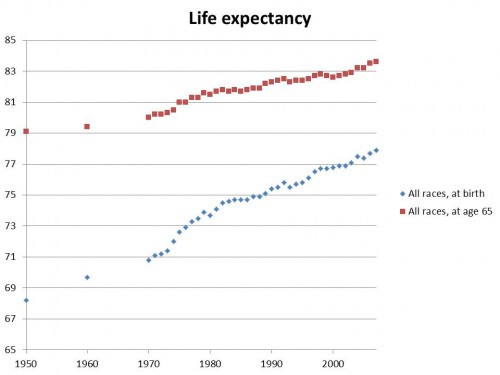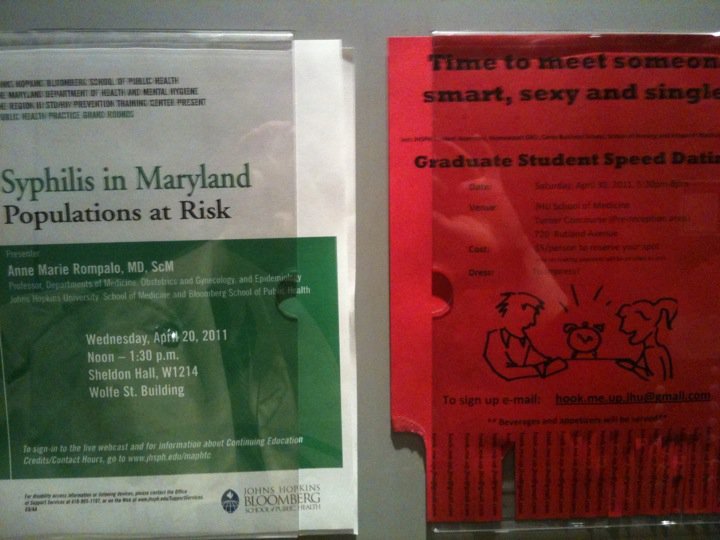If you haven't been following it, there's currently a lot of controversy swirling around Greg Mortenson, co-author of Three Cups of Tea and co-founder of the Central Asia Institute. On Sunday 60 minutes aired accusations that Mortenson fabricated the 'creation myth' of the organization, a story about being kidnapped by the Taliban, and more. The blog Good Intentions Are Not Enough is compiling posts related to the emerging scandal, and the list is growing fast.
If you haven't read it already, Jon Krakauer's mini-book, Three Cups of Deceit: How Greg Mortenson, Humanitarian Hero, Lost His Way, is really worth the read. Completely engrossing. It's a free download at byliner.com until April 20. It's about 90 pages, and Krakauer has obviously been researching it for a while -- in fact, my guess is that Krakauer turned 60 Minutes onto the story, rather than vice versa, which would help explain why he was featured so heavily in their piece. In the TV interview Krakauer quotes several former employees saying quite unflattering things about how CAI is run, so it's good to see that he gets many of those people on record in his ebook.
A few disclaimers: I think it's worth pointing out that a) as a one-time supporter and donor to CAI, Krakauer arguably has an axe to grind, b) several of Krakauer's previous books (Into Thin Air, Into the Wild, and Under the Banner of Heaven) have had sections disputed factually, though to me Into the Wild is the only case where he seems to have actually gotten things wrong, and c) I'm a big fan of him as a writer and thus am possibly a bit predisposed to believe him. Admitting by biases up front like good epidemiologist.
That said, it sounds like CAI has been very poorly led. Krakauer's book levels many damning claims about Mortenson and CIA's financial management that, while less emotionally shocking than the exaggerations about the 'creation myth,' should be much more troubling. CAI and Mortenson's responses to the accusations so far on 60 Minutes have seemed superficial, and I think it's safe to say that they will not come out of this looking squeaky clean.
I believe this episode raises two broader questions for the nonprofit community.
First, Krakauer chronicles a string of board members, employees, and consultants who came in, were shocked by how things were done and/or discovered discrepancies, and ended up leaving or resigning in protest. This section (pages 50-51) jumped out at me:
After Mortenson refused to comply with CFO Debbie Raynor's repeated requests to provide documentation for overseas programs, Raynor contacted Ghulam Parvi (the Pakistan program manager) directly, instructing him to provide her with documentation. For two or three months Parvi complied - until Mortenson found out what was going on and ordered Parvi to stop. Raynor resigned.
In 2007, Mortenson hired an accomplished consultant to periodically fly to Central Asia to supervise projects. When he discovered irregularities and shared them with Mortenson, Mortenson took no action to rectify the misconduct. In 2010, the consultant quit in frustration.
In September 2007, CAI hired a highly motivated, uncommonly capable woman to manage its international programs. Quickly, she demonstrated initiative and other leadership skills the Institute sorely needed. She had exceptional rapport with Pakistani women and girls. In 2008, she unearthed serious issues in Baltistan that contradicted what Mortenson had been reporting. After she told Mortenson about these problems, she assumed he would want her to address them. Instead, as she prepared to return to Pakistan in 2009, Mortenson ordered her to stay away from Baltistan. Disillusioned, she resigned in June 2010.
Seriously -- ff this has been going on for so long, how on earth is it just coming out now? Evidently a nationally known organization can have nearly its entire board resign and multiple employees quit, and it doesn't make the news until years later? Some of this (I'm speculating here) likely results from a hesitance on the part of those former employees to speak ill of CAI, whether because they still believed in its mission or because they were worried about being the sour grape person. Were they speaking out and nobody listened, or is there simply no good way to raise red flags about a nonprofit organization?
Second, while most organizations aren't guilty of fraud -- we hope -- there's at least one other take-away here. Another excerpt that jumped out at me:
On June 13, 2010, Parvi convened a meeting in Skardu to discuss Three Cups of Tea. Some thirty community leaders from throughout Baltistan participated, and most of them were outraged by the excerpts Parvi translated for them. Sheikh Muhammad Raza—chairman of the education committee at a refugee camp in Gultori village, where CAI has built a primary school for girls—angrily proposed charging Mortenson with the crime of fomenting sectarian unrest, and urged the District Administration to ban Mortenson and his books from Baltistan.
Based on Krakauer's footnotes, Parvi may be one of his less reliable sources, but this idea -- that the people portrayed in the book were outraged when it was translated to them because of how misleading it is -- comes up several times. Yes, fabricating stories is really bad. But how many other things do nonprofits say in their advertising that would be uncomfortable or downright offensive if you translated it for (and/or showed the accompanying pictures to) the recipients or beneficiaries or their services?
I propose a simple way to check this impulse -- to write about people as if they are victims or powerless -- and in honor of Three Cups of Tea, I call it the "Tea Test":
Step One: read the website content, blog posts, or email appeal you just got from your charity of choice. Or, if you work for a nonprofit organization, read your own stuff.
Step Two: imagine arriving in the recipient city or village, with a translated copy of that text. Would you be uncomfortable reading that website or blog or email to the people you met? Would it require tortured explanations, or would it instantly make sense and leave them feeling dignified?
That's it: if Step Two didn't make you cringe, then you passed the Tea Test. If it made you uncomfortable, made them feel ashamed, or got you attacked -- re-draft your copy and try again. Or find another organization to support.
I think there are many organizations that pass the Tea Test, but probably many more that fail. These organizations don't necessarily share all the faults of CAI as laid out by Krakauer and others, but they wouldn't fare much better in this situation, because they say something for one audience that was never intended to get back to the others.
I hope the idea of the Tea Test -- reading a translated copy of that material to the people it's describing -- will be helpful for donors and nonprofiteers alike. As a former online fundraiser I know I've broken this rule, and as a donor I've found things appealing that I probably should have reacted strongly against. I'm going to try to do better.
Update: I've posted a slightly revised (and I hope easier to remember) version of the Tea Test on a permanent page here.


